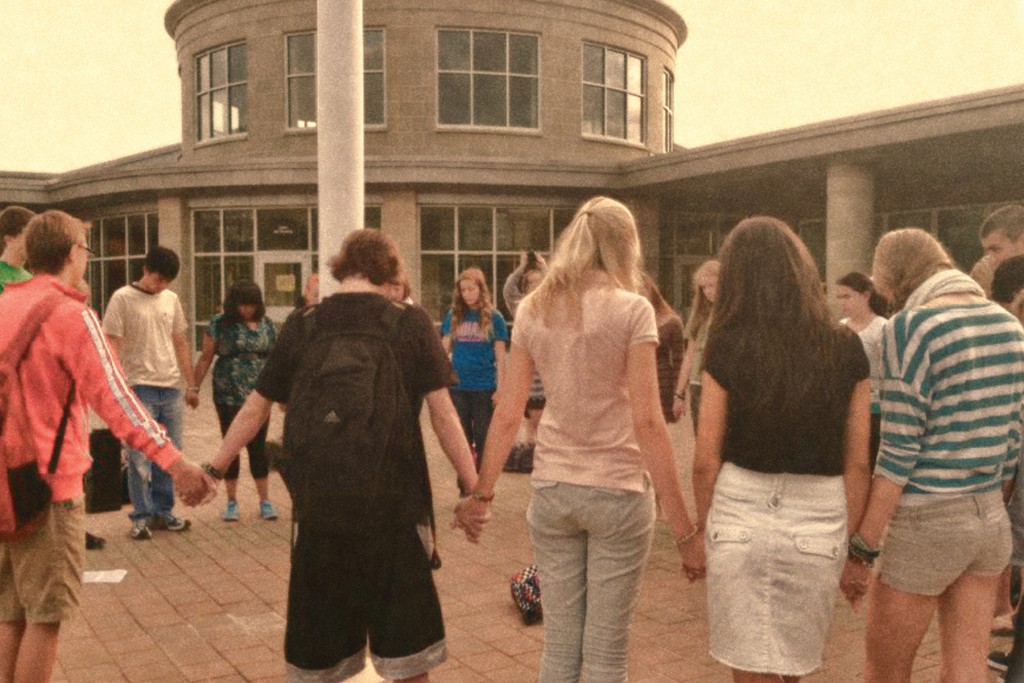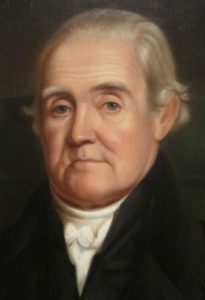 COLUMBUS, Ohio — The governor of Ohio has signed a bill into law that seeks to protect the rights of public school students to engage in religious expression “before, during and after school hours.” The legislation was passed nearly unanimously in both houses of state government.
COLUMBUS, Ohio — The governor of Ohio has signed a bill into law that seeks to protect the rights of public school students to engage in religious expression “before, during and after school hours.” The legislation was passed nearly unanimously in both houses of state government.
The “Student Religious Liberties Act,” House Bill 164, was introduced by Rep. Tim Ginter, R-Salem, last year. Ginter is the pastor of Church at the Center, and has been an ordained minister for 39 years.
“We were seeing increased pressure on our schools from groups biased against Ohio students’ religious freedoms,” Ginter said in explaining why he felt the bill was needed. “Many school officials are confused, and frankly intimidated by the threat of litigation from these well-funded groups.”
The measure ensures that school students have the freedom to participate in events such as “See You at the Pole” and other prayer gatherings, to distribute religious material and to wear clothing that expresses a faith-based viewpoint.
“A student enrolled in a public school may engage in religious expression before, during, and after school hours in the same manner and to the same extent that a student is permitted to engage in secular activities or expression before, during, and after school hours,” it reads in part.
The legislation also protects high school and college students who wish to form religious groups on campus. According to reports, during committee hearings for the bill, some students testified that they believed they were being treated differently from their secular counterparts. Examples included being left out of the school yearbook or not having the same access to facilities.
“A school district, community school … , STEM school …. , or a college-preparatory boarding school … shall give the same access to school facilities to students who wish to conduct a meeting for the purpose of engaging in religious expression as is given to secular student groups, without regard to the content of a student’s or group’s expression,” the Act states.
Teachers are additionally required to allow religious content in written and oral assignments, and must act in a neutral manner when grading the student’s work.
The “Student Religious Liberties Act” passed the Senate unanimously on June 10 with a 32-0 vote and cleared the House the following day 92-3. Gov. Mike DeWine signed the bill into law on Friday.
According to Cleveland.com, the American Civil Liberties Union (ACLU) of Ohio believes that the bill is “vague” in that it wonders whether a student may write that the Earth is 6,000 years old and not be penalized. American Atheists and Americans United for the Separation of Church and State said that they are concerned about proselytization and the rights of religious minorities and nonreligious students.

As previously reported, the first textbook used in the American colonies even before the nation’s founding, “The New England Primer,” was largely focused on the Scriptures, and was stated to be popular in public and private schools alike until approximately the early 1900’s. It used mostly the King James Bible as reference, and spoke much about sin, salvation and proper behavior.
“Save me, O God, from evil all this day long, and let me love and serve Thee forever, for the sake of Jesus Christ, Thy Son,” it read.
Noah Webster’s famous “Blue Back Speller” also referenced Christianity, including God-centered statements in reading lessons such as “The preacher is to preach the gospel,” “Blasphemy is contemptuous treatment of God,” and “We do not like to see our own sins.” Webster, a schoolmaster, is known as the “father of American education” and strongly advocated teaching children the Scriptures. Many of the Founders’ children are stated to have learned to read from the primer.
View sample pages from Webster’s Blue Back Speller here.
Become a Christian News Network Supporter...


